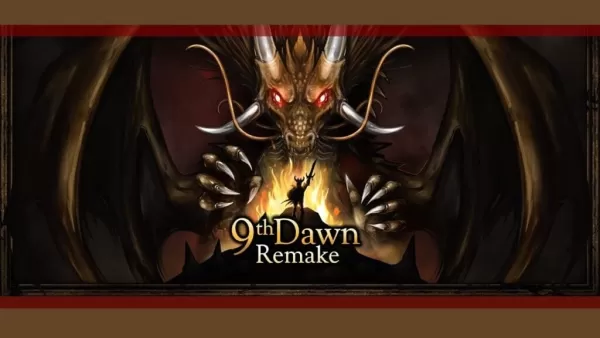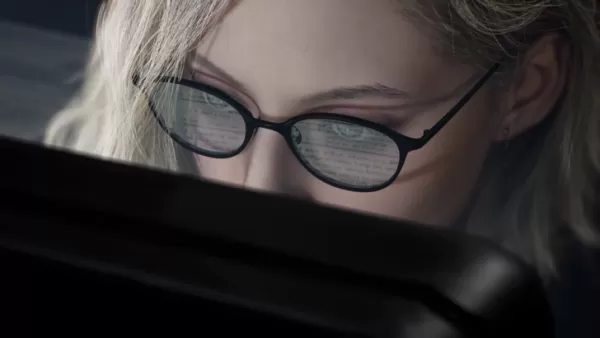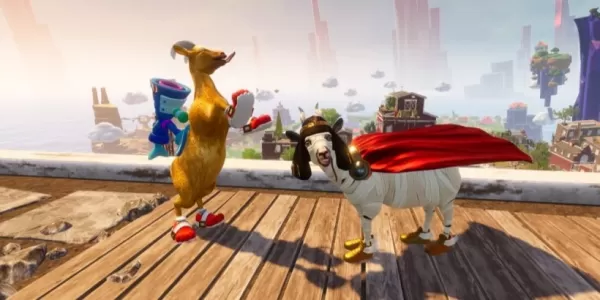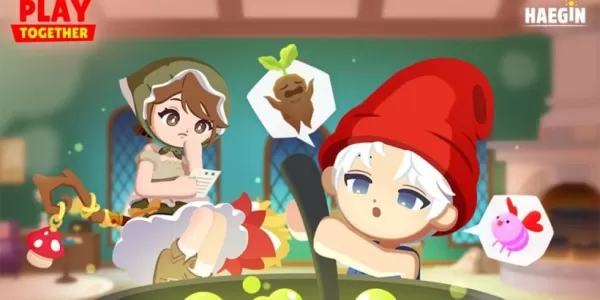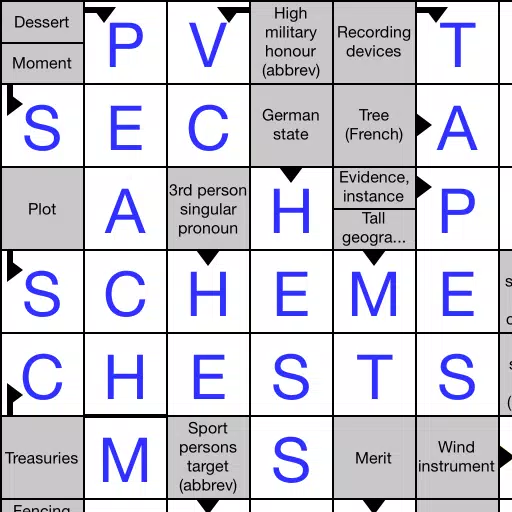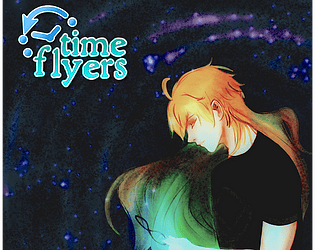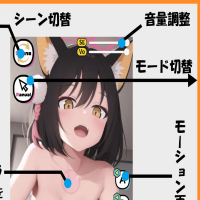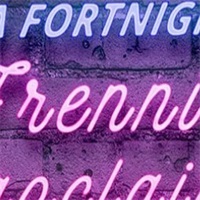Just as Cinderella's dream was set to end at midnight, The Walt Disney Company faced a similar fate in 1947, grappling with a $4 million debt following the financial struggles of Pinocchio, Fantasia, and Bambi, exacerbated by World War II and other challenges. However, the iconic tale of Cinderella and her glass slippers played a pivotal role in saving Disney from an untimely end to its animation story.
As Cinderella celebrates its 75th anniversary of its wide release on March 4, we engaged with several Disney insiders who remain inspired by this timeless rags-to-riches narrative. This story not only echoes Walt Disney's own journey but also rejuvenated the company and offered hope to a post-war world seeking inspiration and renewal.
The Right Film at the Right Time --------------------------------To fully appreciate the significance of Cinderella, we must revisit Disney's own fairy godmother moment in 1937 with Snow White and the Seven Dwarfs. This film's unprecedented success, holding the title of the highest-grossing film until overtaken by Gone with the Wind, enabled Disney to establish its Burbank studio and embark on more feature-length animated films.
However, Disney's subsequent release, 1940's Pinocchio, despite its critical acclaim and Academy Awards for Best Original Score and Best Original Song, incurred a loss of about $1 million due to its $2.6 million budget. This trend continued with Fantasia and Bambi, further deepening the studio's financial woes. The primary reason for these setbacks was the outbreak of World War II, which began with Germany's invasion of Poland in September 1939.
“Disney's European markets dried up during the war, and the films weren’t being shown there, so releases like Pinocchio and Bambi did not do well,” explained Eric Goldberg, co-director of Pocahontas and lead animator on Aladdin’s Genie. “Additionally, Disney was commissioned by the U.S. government to produce training and propaganda films for the military. Throughout the 1940s, the studio produced what they called Package Films, such as Make Mine Music, Fun and Fancy Free, and Melody Time. While these were excellent, they lacked a cohesive narrative from start to finish.”
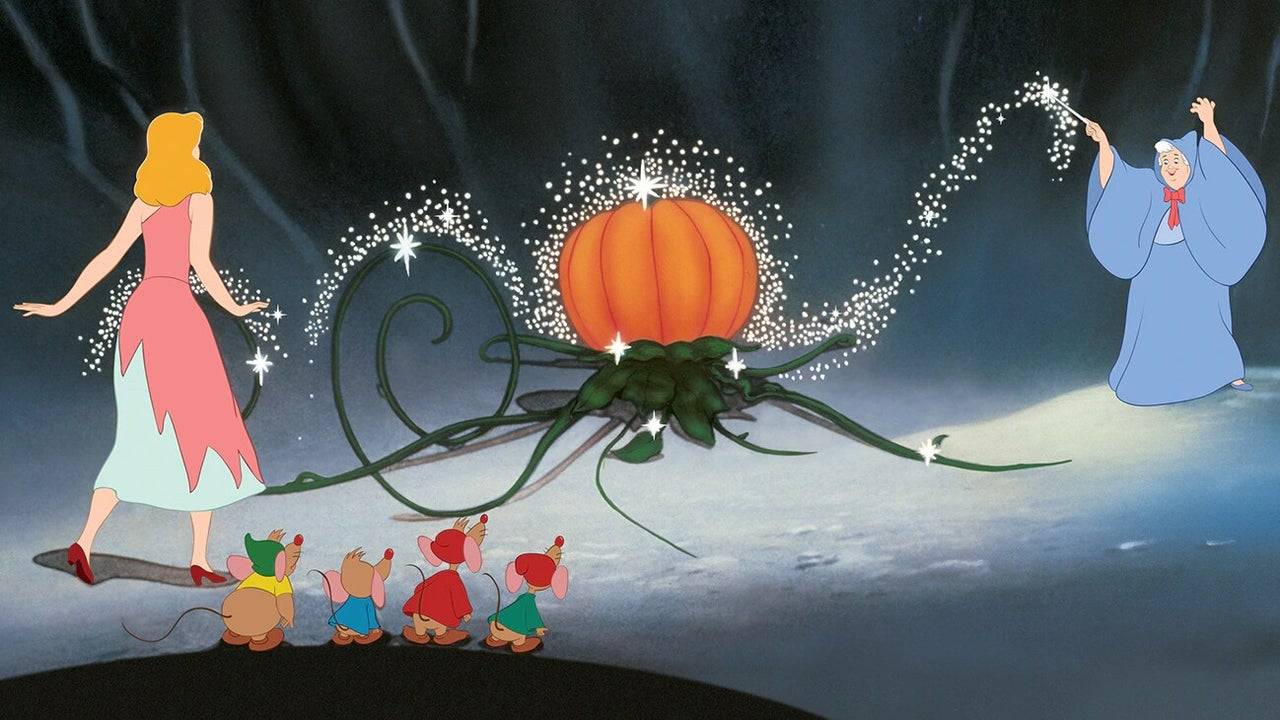 Package Films were compilations of short cartoons assembled into feature-length films. Disney created six of these between Bambi in 1942 and Cinderella in 1950, including Saludos Amigos and The Three Caballeros, which were part of the U.S. Good Neighbor Policy to counter Nazism in South America. Although these films managed to break even and reduced Disney's debt from $4.2 million to $3 million by 1947, they hindered the studio's ability to produce full-length animated features.
Package Films were compilations of short cartoons assembled into feature-length films. Disney created six of these between Bambi in 1942 and Cinderella in 1950, including Saludos Amigos and The Three Caballeros, which were part of the U.S. Good Neighbor Policy to counter Nazism in South America. Although these films managed to break even and reduced Disney's debt from $4.2 million to $3 million by 1947, they hindered the studio's ability to produce full-length animated features.
“I wanted to get back into the feature field,” Walt Disney reflected in 1956, as quoted in The Animated Man: A Life of Walt Disney by Michael Barrier. “It required significant investment and time. To create a quality cartoon feature takes a lot of time and money. My brother Roy and I had a heated discussion... It was one of my big upsets... I said we’re going to either move forward, get back in business, or liquidate and sell out.”
Faced with the possibility of selling his shares and leaving Disney, Walt, along with Roy, chose to take a risk by investing in their first major animated feature since Bambi. The success of this venture was crucial; failure could have spelled the end of Disney’s animation studio.
"I think the world needed the idea that we can come out from the ashes and have something beautiful happen."“At that time, Alice in Wonderland, Peter Pan, and Cinderella were all in development, but Cinderella was prioritized because of its similarities to the successful Snow White. More importantly, Walt believed this story could offer something beyond entertainment.
“Walt was adept at reflecting the times, and he understood that post-war America needed hope and joy,” said Tori Cranner, Art Collections Manager at Walt Disney Animation Research Library. “While Pinocchio is a remarkable film, it lacks the joyfulness of Cinderella. I think the world needed the idea that we can rise from the ashes and witness something beautiful. Cinderella was the perfect choice for that moment.”
Cinderella and Disney’s Rags to Riches Tale
Walt’s fascination with Cinderella dates back to 1922 when he created a Cinderella short during his time at Laugh-O-Gram Studios, just before founding Disney with Roy. The short, and later the feature film, were adaptations of Charles Perrault’s 1697 version of the tale, which may have originated between 7 BC and AD 23 by the Greek geographer Strabo. This classic narrative of good versus evil, true love, and dreams coming true deeply resonated with Walt.
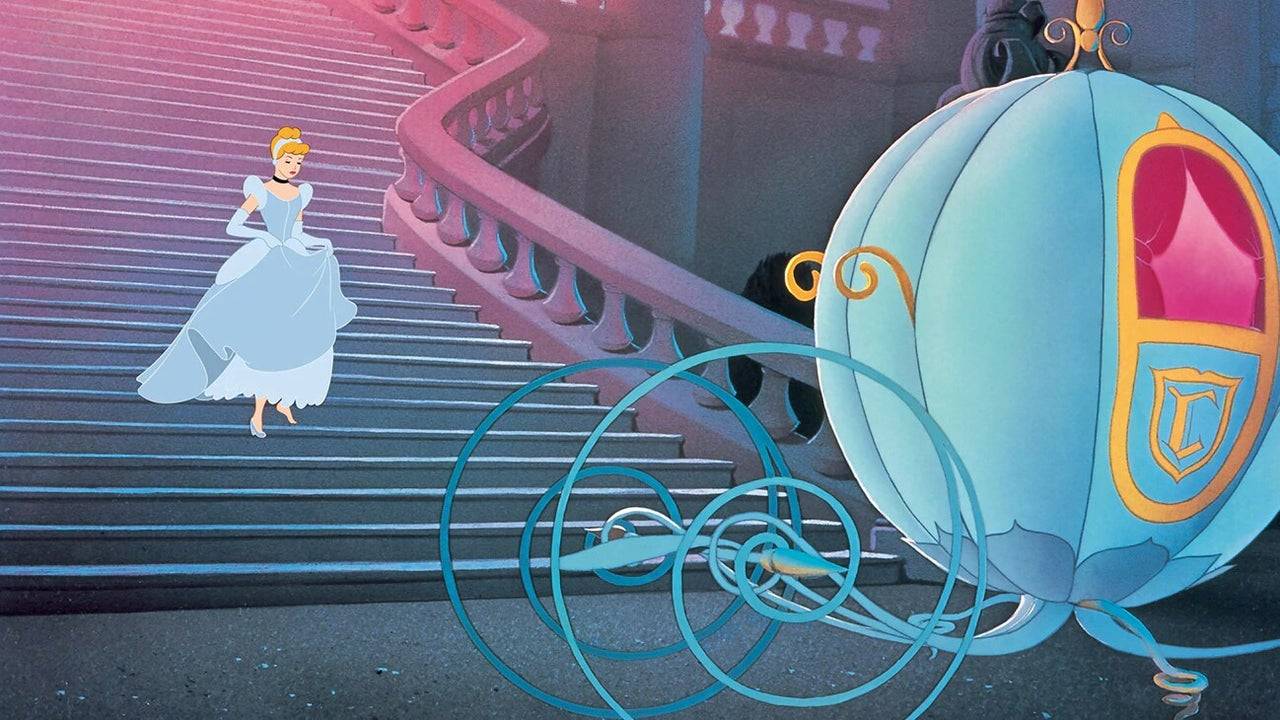 “Snow White was a kind and simple little girl who believed in wishing and waiting for her Prince Charming,” Walt Disney noted, as featured in the special DVD feature Disney’s Cinderella: The Making of a Masterpiece. “Cinderella, however, was more practical. She believed in dreams but also in taking action. When Prince Charming didn’t appear, she went to the palace and found him herself.”
“Snow White was a kind and simple little girl who believed in wishing and waiting for her Prince Charming,” Walt Disney noted, as featured in the special DVD feature Disney’s Cinderella: The Making of a Masterpiece. “Cinderella, however, was more practical. She believed in dreams but also in taking action. When Prince Charming didn’t appear, she went to the palace and found him herself.”
Cinderella's character embodies resilience and determination, qualities that mirrored Walt's own journey from humble beginnings, marked by failures and challenges, yet driven by an unwavering dream and work ethic.
Walt's vision for Cinderella evolved over time. Initially intended as a Silly Symphony short in 1933, the project's scope expanded, leading to the decision in 1938 to develop it into a feature film. Despite delays due to the war, the film's eventual release showcased a refined and beloved version of the story.
Disney's success with Cinderella can be attributed to its ability to transform traditional fairy tales into universally appealing narratives.
“Disney excelled at reimagining these age-old fairytales, infusing them with his unique taste, entertainment sense, heart, and passion,” Goldberg explained. “This made audiences care deeply about the characters and story, even more than in the original tales. These stories, often grim and cautionary, were modernized by Disney to be enjoyable for all audiences, ensuring their enduring popularity.”
"She believed in dreams all right, but she also believed in doing something about them."Disney's adaptation of Cinderella included the introduction of her animal friends—Jaq, Gus, and the other mice, along with delightful birds—who provided comic relief and allowed Cinderella to express her true feelings, enhancing her character development. The Fairy Godmother, reimagined as a more relatable, bumbling grandmother figure by animator Milt Kahl, added charm and humor, culminating in the iconic transformation scene.
The animation of Cinderella’s dress transformation, often cited as Walt’s favorite, was meticulously crafted by Disney Legends Marc Davis and George Rowley. This scene's magic is encapsulated in the hand-drawn sparkles and the subtle moment of pause before the dress transforms, as noted by Cranner.
Another significant Disney addition was the breaking of the glass slipper, which added depth to Cinderella's character, showcasing her strength and agency.
“I think something often overlooked is that Cinderella is not a passive character,” Goldberg emphasized. “She has a distinct personality and strength. When the stepmother causes the glass slipper to break, Cinderella presents the other slipper she had been holding onto, demonstrating her control and resourcefulness.”
Cinderella's narrative of self-advocacy and resilience resonated with audiences, contributing to the film's success. It premiered in Boston on February 15, 1950, and had a wide release on March 4, becoming Disney's most successful film since Snow White, earning $7 million on a $2.2 million budget and receiving three Academy Award nominations.
“When Cinderella was released, critics raved, ‘Walt Disney's back on track again!’ It was a massive success because it returned to the narrative style of Snow White, which audiences adored,” Goldberg remarked. “The studio regained its momentum. They appreciated the Package Films and their wartime efforts, but this was what Disney was meant to do. Following Cinderella, Disney produced Peter Pan, Lady and the Tramp, Sleeping Beauty, 101 Dalmatians, The Jungle Book, and many more, all thanks to Cinderella.”
75 Years Later, Cinderella’s Magic Lives On
Seventy-five years later, Cinderella's influence remains strong within Disney and beyond. Her iconic castle graces Main Street, U.S.A. at Walt Disney World and Tokyo Disneyland, and her legacy inspires modern Disney films, such as the dress transformation scene in Frozen, animated by Becky Bresee, which pays homage to Cinderella.
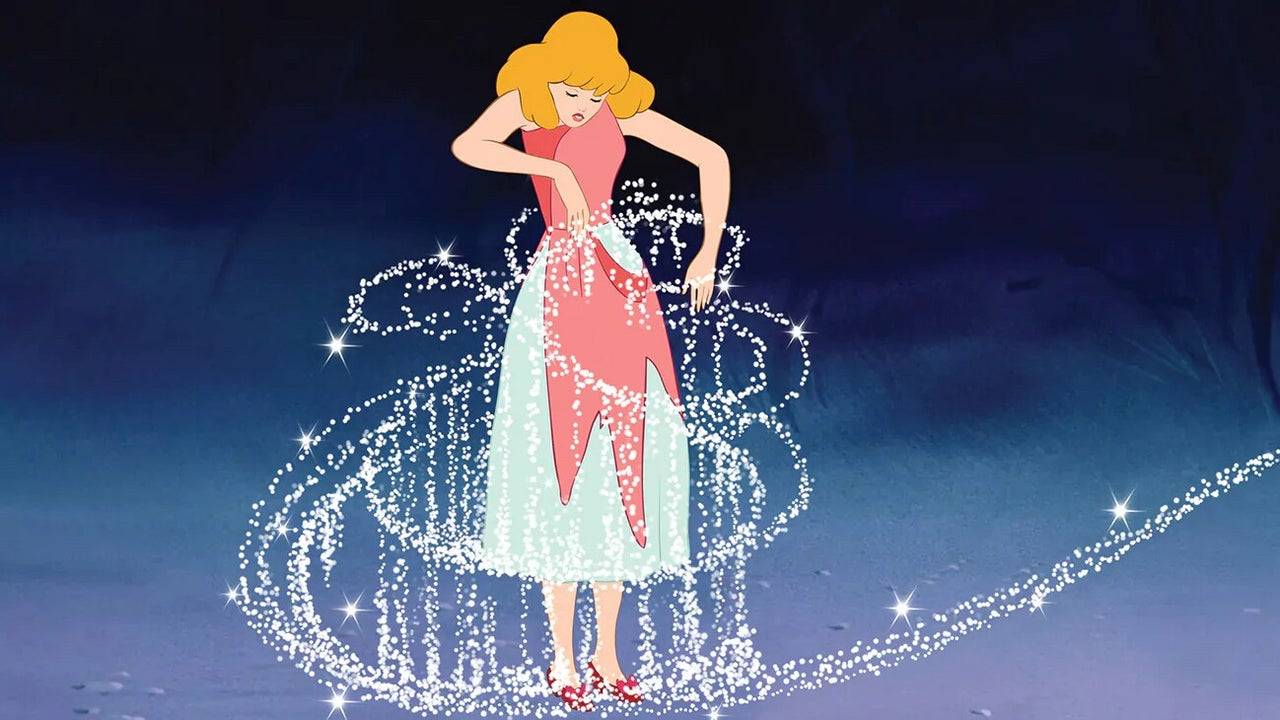 Countless other contributors, including the renowned Nine Old Men and Mary Blair, enriched Cinderella with their unique talents, ensuring its distinctive and enduring style.
Countless other contributors, including the renowned Nine Old Men and Mary Blair, enriched Cinderella with their unique talents, ensuring its distinctive and enduring style.
Eric Goldberg succinctly captured Cinderella's enduring message: “I think the big thing about Cinderella is hope. It gives people hope that things will work out with perseverance and strength. Its biggest message is that hope can be realized and dreams can come true, no matter the era.”

